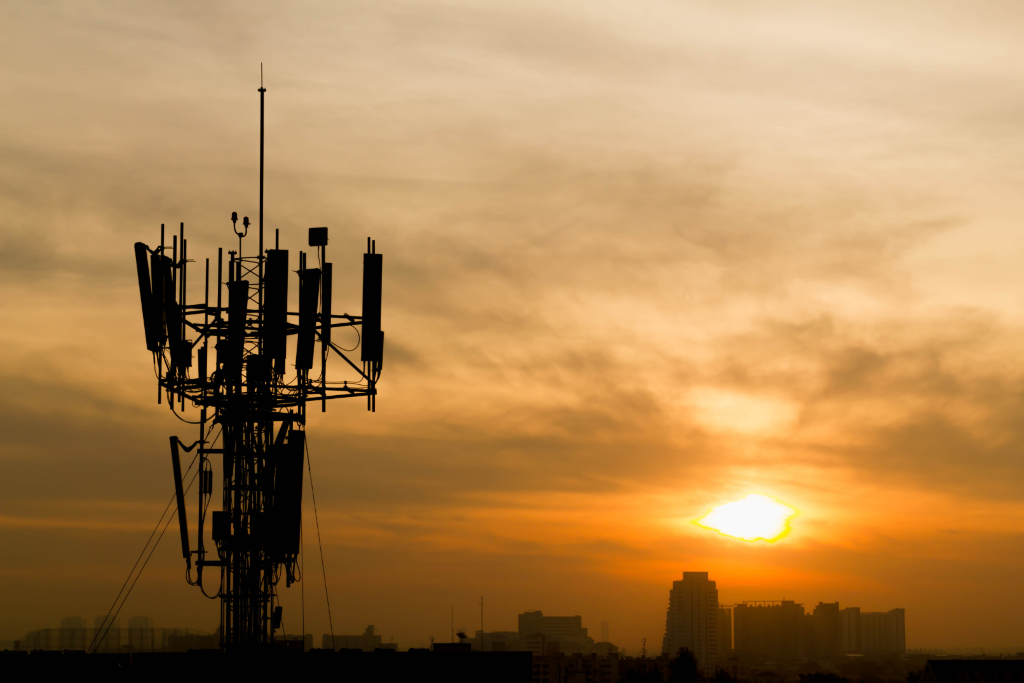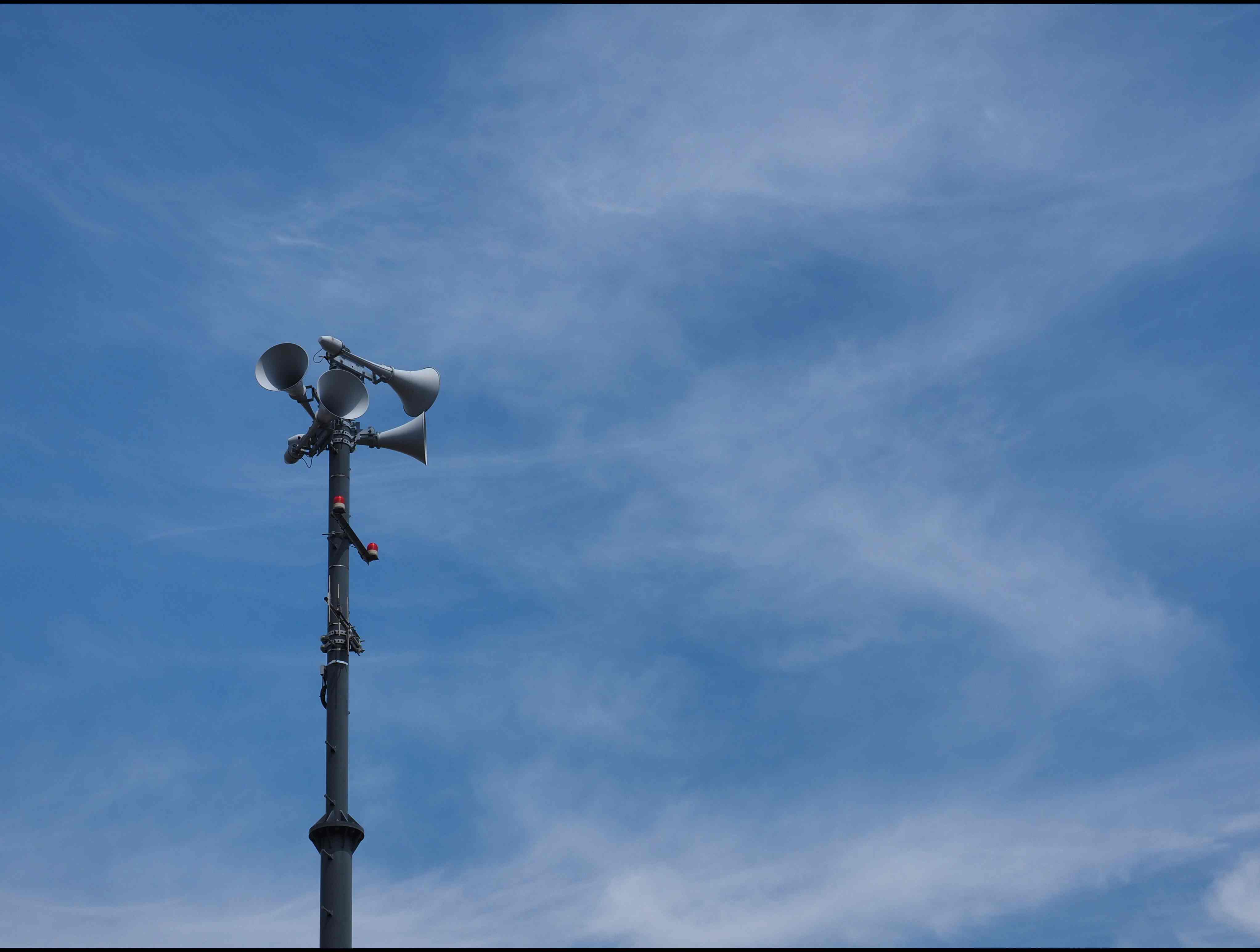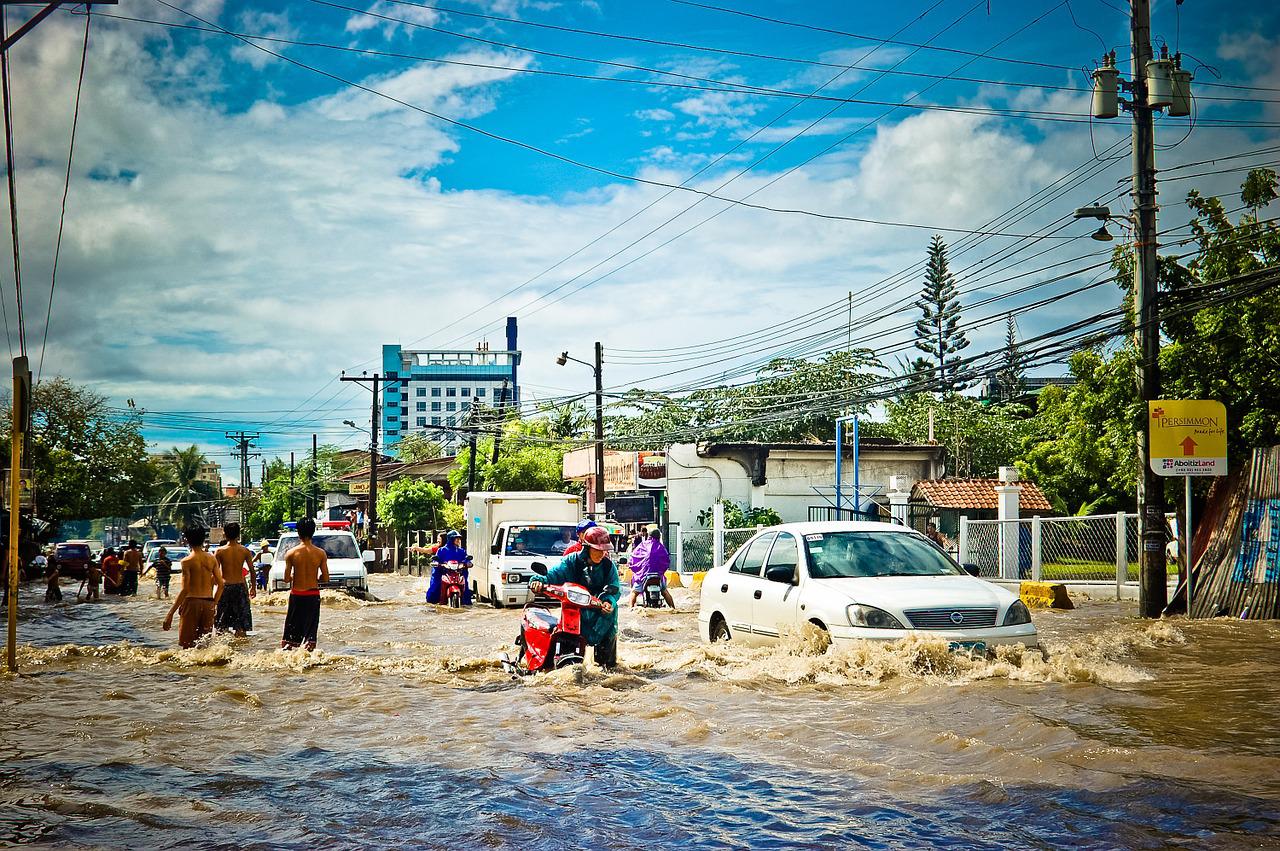
Digital Infrastructure Resilience for Sustainable Development
When one year ago the WHO declared the COVID-19 virus a global pandemic, digital technologies quickly became the new lifeline. The pandemic has demonstrated the critical role of connectivity and of a resilient and secure digital infrastructure for coordination, social welfare, and for the global economy. As the UN Specialised Agency for information and communication technologies, ITU’s mandate to connect the world took on a whole new meaning.
With and for its 193 Member States and 900 sector and academia members ITU worked hard and fast to identify the key challenges and opportunities to bring the benefits of digital technologies to build the social and economic resilience needed for this and future emergencies.
We delivered evidence and concrete proposals on how to bring the remaining 3.7 billion people - just under 50 per cent of the world’s population – online by 2030. Our Connecting Humanity study estimates that we need around US$430 billion to bring the benefits of digital technologies to everyone. The current economic situation will not make it easy to secure these funds but there is increasing evidence that international financial institutions, governments and investors are recognizing the vital importance of broadband for economic recovery, with billions starting to be allocated to digital infrastructure investment.
Despite huge demand spikes, and some outages and challenges, the world's broadband networks have largely coped well under unprecedented pressure. Reliance on digital tools means greater exposure to cybersecurity risks, and these threaten the confidentiality, integrity, and availability of ICT infrastructure and services, increasing the level of cyber-insecurity. Tech companies, hospitals, government agencies and others are investing in cybersecurity solutions to protect their business practices and the millions of customers that trust them with their data.
ITU supports these efforts by tracking cybersecurity commitments though its Global Cybersecurity Index and assisting member states with the development of National Cybersecurity Strategies to manage cyber risks by coordinating actions for prevention, mitigation, response, and incident recovery between government authorities and other national stakeholders. The ITU Guide to developing a telecommunications/ ICT contingency plan for a pandemic response presents a set of proposals for effective telecommunications contingency planning and operational procedures in response to pandemics.
In the area of regulation, we know that getting the policy and regulation right has never mattered more. Through our REG4COVID platform, ITU has been able to share hundreds of effective decisions and actions by regulators and industry. Examples from all regions of the world showcase efforts to secure emergency spectrum assignments, lower tariffs, provide payment relief to consumers, increase data allowances, and set up new WiFi hotspots to connect the unconnected. We continue to support countries with the modernization of their regulatory frameworks for future-proof and resilient digital economies and societies.
Through our Connect2Recover initiative we are galvanizing action for affordable and reliable connectivity as part of COVID-19 recovery strategies. This will include a methodology to perform ‘stress tests’ on operator networks and identify digital technologies to mitigate the effects of pandemics and natural hazards.
Digital connectivity is a key determinant of how quickly we will be able to recover from this dual health and economic crisis, and to reshape our world into some kind of 'new normal'. For many developing countries, especially the Least Developed Countries, this still means developing a sustainable Internet ecosystem built on core components that store and exchange data within a nation: Internet exchanges, data centres, and cloud computing and hosting services. This will keep traffic local, reduce risks and costs, and help build more Internet applications, services, and online content.
This pandemic has been a disruptive global force but also an opportunity to rethink and build back better by investing in digital innovation and designing digital platforms with privacy, safety and security in mind. This requires a whole of government approach built on cross-sectoral cooperation and new and bold partnerships between the public and the private sector.
ITU will continue to work hard and fast to build those digital solutions and partnerships necessary to use this last Decade of Action to achieve the Sustainable Development Goals. A Decade of Action to build a better world, where digital infrastructure is affordable, reliable and within reach of every citizen.




.jpg)

.jpg)


